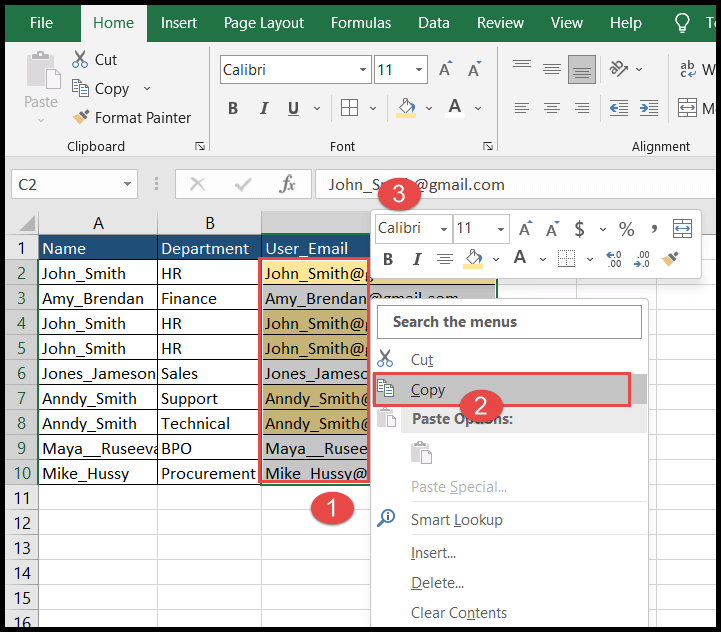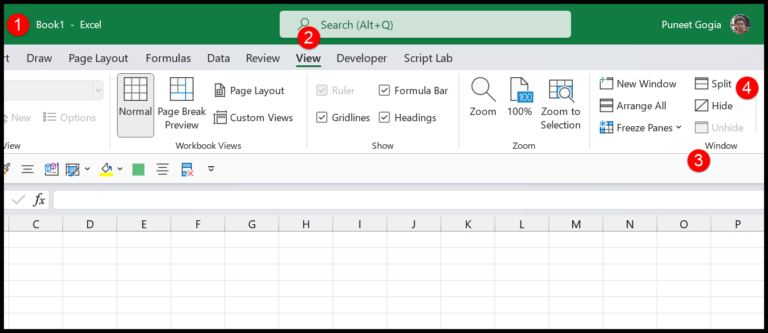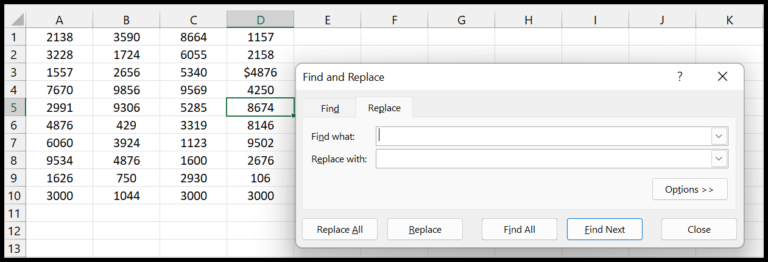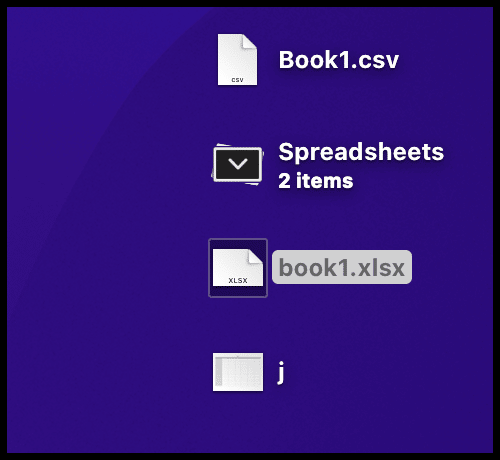The world of Software as a Service (SaaS) is constantly evolving, and with it, the art of selling these services. Sales strategies that may have worked in the past can quickly become obsolete in the face of new technologies and changing market demands. For those in the SaaS industry, staying on top of the best sales practices is not just beneficial, it’s crucial. Books on SaaS sales offer a wealth of knowledge, drawing from the experiences of those who have successfully navigated the landscape of subscription-based products, high-velocity sales, and customer acquisition.
SaaS sales books cover a plethora of topics, from crafting personalized sales pitches to managing customer relationships effectively. Entrepreneurs, sales veterans, and novices alike find value in the refreshed sales methodologies tailored to the unique challenges of selling subscription software. These books dissect successful sales processes, present actionable insights, and provide frameworks that readers can adapt to their business models. Whether one is looking to fine-tune their sales machine or build a SaaS empire from the ground up without venture capital, there’s a book out there to guide the way.
Books on SaaS sales often draw from case studies of top companies, like Salesforce, and the minds of industry thought leaders. They provide readers with the tools required to measure what matters, build a predictable revenue stream, and incorporate the latest tools and strategies. Understanding the science of SaaS sales, the authors convey not just the ‘how’ but also the ‘why’ behind the sales strategies that lead to scalable growth. These resources are not just books; they are the blueprints for building a sound SaaS sales foundation in a competitive digital market.
Understanding SaaS Sales
When breaking down SaaS sales, it’s important to grasp how the sales model functions and the key metrics that drive success.
The SaaS Sales Model
The SaaS (Software as a Service) sales model is unique in that it primarily revolves around recurring revenue rather than one-time purchases. SaaS companies focus on building relationships with customers that will generate steady income over time, typically through monthly or annual subscriptions. The sales process is therefore oriented towards creating long-term value, often necessitating a detailed understanding of a customer’s needs and the provision of tailored solutions.
Key Metrics for SaaS Sales
There are several crucial sales metrics SaaS companies closely monitor to gauge performance:
- Monthly Recurring Revenue (MRR): This is the predictable revenue a company expects to receive every month from its customers.
- Annual Recurring Revenue (ARR): Similar to MRR, but calculated on an annual basis, representing the value of the contracted recurring revenue components of term subscriptions.
- Customer Lifetime Value (CLTV): A prediction of the net profit attributed to the entire future relationship with a customer.
- Customer Acquisition Cost (CAC): The total cost of sales and marketing efforts that are needed to acquire a new customer.
Understanding and optimizing these metrics are crucial for SaaS sales strategies, as they directly affect a company’s growth and profitability in the SaaS industry.
Building a Solid Sales Foundation
In the dynamic world of SaaS, building a solid sales foundation hinges on crafting a robust sales strategy and leveraging effective content marketing. These pillars are key to driving sustainable growth and creating predictable revenue streams.
Crafting a Winning Sales Strategy
A sound sales strategy begins with understanding the customer’s journey and aligning the sales process with it. Predictable Revenue by Aaron Ross and Marylou Tyler is often hailed as a must-read. They present a playbook that focuses on building systems for sustainable sales. This guide aims to help companies structure their sales teams and processes in a way that supports consistent growth.
One method highlighted by the authors is the division of the sales team into specialized roles. This can increase efficiency and scalability. Alongside the playbook from Predictable Revenue, other resources such as The Sales Acceleration Formula by Mark Roberge offer a deep dive into mobilizing data and performance metrics to hone a company’s sales strategy. Roberge’s tenure at HubSpot revealed how aligning customer success with sales efforts can lead to significant growth.
The Role of Content Marketing in SaaS Sales
Content marketing in the SaaS industry isn’t just about broadcasting a message—it’s about crafting content that resonates with the target audience and adds value to their businesses. A guide on this topic often includes the identification of key customer pain points and the creation of content that directly addresses those issues.
Effective content marketing involves several stages including research, creation, distribution, and analysis to refine strategies. It becomes a key player in the sales process by generating qualified leads and nurturing them until they’re ready for a sales pitch. By providing useful and educational material, SaaS companies establish trust and thought leadership, which are pivotal in converting leads into customers.
Sales Mastery: Learning from the Best
The realm of SaaS sales is rich with transformative literature penned by industry pioneers who’ve revolutionized the way sales are approached. Readers seeking to excel in SaaS sales will find invaluable guidance through these experts’ insights and methodologies.
Influential SaaS Sales Books and Authors
- “Predictable Revenue” by Aaron Ross and Marylou Tyler: This book serves as a roadmap to creating replicable sales processes that played a significant role in Salesforce.com’s growth.
- “From Impossible to Inevitable” by Jason Lemkin and Aaron Ross: Offers an advanced take on accelerating SaaS business growth, building upon the foundation laid in “Predictable Revenue”.
- “Behind the Cloud” by Marc Benioff: Chronicles the rise of Salesforce and offers lessons on disruptive marketing and sales strategies.
- “The Sales Acceleration Formula” by Mark Roberge: This book introduces a data-driven and technology-oriented approach to scaling sales efforts efficiently.
- “The SaaS Sales Method”: Focuses on the evolution of the sales process in the context of SaaS and how it can be viewed through a scientific lens.
Applying Lessons from Top SaaS Experts
- Eric Ries’ “The Lean Startup” applies the principles of lean manufacturing to startup environments, and its methodology can be essential for SaaS sales strategies focused on innovation and adaptability.
- Ben Horowitz’s “The Hard Thing About Hard Things” delivers unvarnished truths about the challenges of running a startup. Its lessons are directly transferable to the rigors of SaaS sales.
- Geoffrey Moore’s “Crossing the Chasm” outlines strategies for marketing technology products to mainstream customers, critical for SaaS companies aiming to scale.
- Peter Thiel’s “Zero to One” encourages thinking differently to create value in the market, a useful tenet for SaaS sales professionals looking to differentiate their approach.
- Rob Fitzpatrick’s “The Mom Test” tackles the art of customer conversations, which can vastly improve customer understanding and sales effectiveness in the SaaS domain.
Growth Techniques and Sales Processes
To master SaaS sales, books suggest that one must focus on robust sales processes and growth techniques that thrive on innovation and validated learning. Implementing procedures that lead to predictable revenue streams and adopting a product-led approach are pivotal.
Implementing Best-In-Class Sales Processes
In the realm of SaaS, structured sales processes are not just beneficial; they’re crucial for survival. Predictable Revenue by Aaron Ross and Marylou Tyler champions the concept of creating systematic sales processes that can drastically improve a company’s performance. They explore how Salesforce.com achieved impressive growth by streamlining its sales approach. The book stresses that having a repeatable and scalable method is what helps innovative companies skyrocket their sales figures.
- Key Steps:
- Identification of target market
- Development of a repeatable sales model
- Scaling the sales team effectively
The Importance of Product-Led Growth
Books and experts rave about product-led growth and its transformative power in the SaaS industry. This strategy allows the product to drive customer acquisition, expansion, and retention. The Lean Startup methodology intersects here, promoting rapid product iterations based on feedback and validated learning. By embracing a product-led mindset, a company efficiently leverages its resources and encourages organic growth through user advocacy and network effects.
- Strategic Advantages:
- Enhanced user experience leading to better retention
- Cost-effective scaling as the product sells itself
- Continual improvement loop through user feedback
In today’s market, product-led growth is not just a buzzword; it is a strategic imperative that can propel a SaaS business ahead of its competition. It aligns closely with principles of growth hacker marketing, where every aspect of the business is optimized for growth.
Engaging and Retaining Customers
In SaaS sales, securing a customer is just the beginning—keeping them happy and engaged is vital for reducing churn and promoting growth.
Customer Success Strategies
To combat churn and boost customer retention, companies need to implement robust customer success strategies. These strategies are centered around understanding customer needs, providing continual value, and leveraging feedback to improve the service offering. Nick Mehta’s book, “Customer Success: How Innovative Companies Are Reducing Churn and Growing Recurring Revenue,” is a treasure trove of tips on fostering customer success—stressing the importance of alignment with customer goals and proactively managing their experience to ensure satisfaction and retention.
- Key Tactics for Customer Success Strategies:
- Regular check-ins with clients to gauge satisfaction.
- Personalized onboarding processes that cater to individual client needs.
- Providing customer education and resources for self-service.
- Utilizing customer feedback to fine-tune the product or service.
Developing Effective Customer Acquisition
When it comes to customer acquisition, the goal isn’t just adding names to the customer base—it’s about building a relationship founded on trust. Effective strategies focus on clear and compelling messaging that resonates with the target audience, often highlighting how the service can solve specific pain points. It’s about quality over quantity; attracting leads that are likely to grow into loyal customers is more valuable than a high volume of low-engagement sign-ups.
- Essential Components for Customer Acquisition:
- Transparent and honest communication to build trust.
- Targeted marketing campaigns to attract the right customer segments.
- Efficient lead nurturing systems to keep prospects engaged until conversion.
By mastering these core areas of customer engagement and acquisition, SaaS companies can form a sturdy foundation for sustainable growth.
Optimizing Your Sales Team
In a rapidly evolving SaaS landscape, it’s crucial for business leaders to excel in building efficient sales teams. They are the engine driving the growth of a company, especially in a competitive startup environment.
Hiring and Onboarding for Success
The hiring process sets the foundation of a high-performing sales team. Firstly, it’s essential to identify candidates that align with the SaaS startup’s culture and sales philosophy. A structured onboarding program then ensures these individuals integrate effectively into the team. Successful onboarding might include:
- Comprehensive Training Schedule: A mix of product knowledge sessions and sales technique workshops.
- Mentorship Programs: Pairing new hires with seasoned team members to speed up the learning curve.
- Clear Milestones: Outlining specific goals for new salespeople to achieve in their first few months.
Sales Training and Enablement
After hiring, ongoing training and enablement become critical components in optimizing the sales team’s performance. This phase involves:
- Regular Workshops to reinforce selling techniques and introduce new tools.
- Up-to-date Resources like sales playbooks that reflect the latest strategies in hacking growth.
- Performance Analytics to monitor each team member’s progress and pinpoint areas for improvement.
Approaches described in books like “Hacking Sales” may equip management with innovative tactics, transforming traditional sales processes using a blend of modern tools and strategies. Meanwhile, adopting best practices from heavyweights like Salesforce.com can create predictable revenue streams, critical for scaling a SaaS business.
Leveraging Modern Sales Techniques
In the dynamic landscape of SaaS sales, success hinges on embracing modern sales techniques that can harness the power of technology and the nuances of today’s buying behaviors.
The Rise of Social Selling
Companies are increasingly investing in social selling as a strategic component of their outbound and inbound sales approach. By leveraging networks like LinkedIn, sales professionals can identify and engage with prospects more personally and effectively. Industry leaders such as Tim Hughes have championed this method, demonstrating how these platforms can be used to create genuine conversations and build relationships rather than just pushing a product.
- Key Benefit: Establishes trust with potential customers through a non-invasive, value-driven approach.
- Platforms to Watch: LinkedIn, Twitter
Utilizing Sales Automation and CRM Tools
Sales automation and Customer Relationship Management (CRM) tools have become essential in managing the customer journey efficiently. SaaS giants like Salesforce.com have set an industry standard with their suite of tools focused on increasing sales efficiency. Similarly, HubSpot offers solutions that automate repetitive tasks, allowing sales teams to focus on more strategic activities.
Features of CRM Tools:
| Feature | Functionality |
|---|---|
| Lead Scoring | Prioritize leads based on their engagement and likelihood to convert. |
| Email Automation | Send sequences of emails based on customer behaviors. |
| Pipeline Management | Visualize and manage the stages of the sales process. |
The SaaS Sales Method: Sales as a Science emphasizes the importance of a systematic approach to sales management, bolstering the need for tools that provide actionable insights and scalability for SaaS businesses.
Scaling Up and Managing Growth
As a SaaS founder, one knows the ride from initial traction to hyper-growth can be as exhilarating as it is challenging. The right strategies and tools are crucial to effectively scale up a startup and manage the revenue growth that comes from gaining market share.
Navigating the Challenges of Hyper-Growth
Hyper-growth in Silicon Valley and beyond is a term that connotes rapid expansion. Founders often face the dilemma of maintaining quality while their user base multiplies. Key strategies include:
- Infrastructure Scaling: Ensuring that your technology can handle increased loads
- Team Expansion: Hiring strategically to support growth without diluting company culture
Sales Forecasting and Revenue Projections
For sustainable hyper-growth, SaaS founders must master sales forecasting. This involves predicting future sales and aligning them with the company’s revenue goals. Effective forecasting relies on:
- Historical Data Analysis: Utilizing past sales data to predict future trends
- Market Conditions: Adapting the sales strategy to current economic and industry-specific conditions
By focusing on these methods, startups can better manage the scaling up process and position themselves for long-term success in the competitive SaaS market.
Emerging Trends in SaaS Sales
SaaS sales are seeing revolutionary changes with the advancement of technology. Particularly, AI and cloud computing are playing pivotal roles.
The Integration of AI in SaaS Sales
AI has become an indispensable part of SaaS sales, transforming the way sales reps interact with prospects and data. Using AI tools, they can now predict customer behaviors, automate repetitive tasks, and personalize communication at scale. Innovators in Silicon Valley are actively incorporating AI into sales software, pioneering smart CRM systems that can anticipate the needs of sales teams.
The Evolution of Cloud Computing
Cloud computing has evolved well beyond its initial offerings. Today, it’s all about speed, scalability, and connectivity. As companies like MIT foster the development of cutting-edge cloud technology, SaaS sales platforms benefit from more robust and secure infrastructure. They can access real-time data and analytics, providing a competitive edge when addressing customer needs.
Frequently Asked Questions
This section provides a curated list of books tailored for individuals at various stages in their SaaS sales career, from beginners to seasoned professionals seeking advanced strategies.
What are some must-read books for beginners in SaaS sales?
Beginners should consider starting with “The Lean Startup” by Eric Ries to grasp the fundamentals of starting a SaaS venture. “To Sell is Human” by Daniel H. Pink offers valuable insights into the human aspect of sales, a crucial skill for newcomers.
Which books do experienced SaaS sales professionals recommend?
Experienced professionals often suggest “Predictable Revenue” by Aaron Ross and Marylou Tyler for its impactful strategies that contributed to the success of Salesforce.com. “The Sales Acceleration Formula” by Mark Roberge is also recommended for its practical approach to sales optimization.
Can you list the top books that cover advanced strategies in SaaS sales?
For advanced strategies in SaaS sales, “Behind the Cloud” by Marc Benioff and Carlye Adler provides a behind-the-scenes look at Salesforce.com’s revolutionary sales tactics. Additionally, “Crossing the Chasm” by Geoffrey A. Moore offers in-depth analysis for targeting and capturing mainstream markets.
What reading material is best for understanding the B2B SaaS sales process?
To thoroughly understand the B2B SaaS sales process, one should read “The Hard Thing About Hard Things” by Ben Horowitz, which covers challenging aspects of building and selling a business. Another key resource is “The Only Sales Guide You’ll Ever Need” by Anthony Iannarino, which lays out the essentials of successful B2B sales.
Which books provide actionable insights into increasing SaaS sales performance?
For actionable insights to boost SaaS sales, “Fanatical Prospecting” by Jeb Blount emphasizes the importance of proactive prospecting in sales performance. “Book Yourself Solid” by Michael Port can also help individuals increase their sales pipeline through effective self-promotion and relationship-building.
Are there any comprehensive guides focused on mastering SaaS sales?
Individuals seeking a comprehensive guide should explore “Secrets of Closing the Sales” by Zig Ziglar, which offers an extensive look into sales-closing techniques valuable to any SaaS context. “The New Strategic Selling” by Robert B. Miller, Stephen E. Heiman, and Tad Tuleja is also a comprehensive resource, focusing on complex sales strategies.



